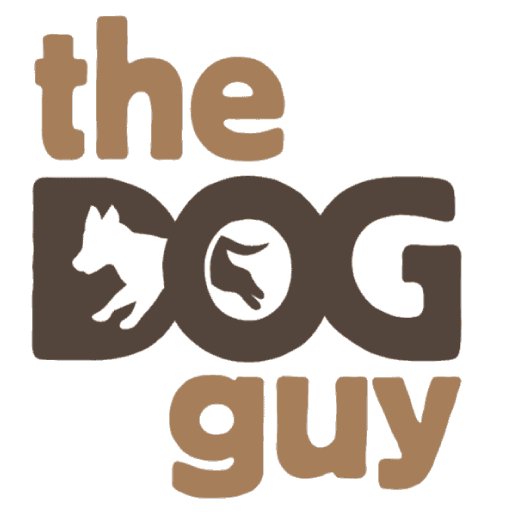What Does Tail Wagging Mean?
A dog’s tail serves as a window into their feelings. While a wagging tail can suggest happiness, it can also signal nervousness, insecurity, or potential aggression. The key to understanding your dog’s emotions lies in the position, speed, and direction of the wag.
Relaxed, natural tail: This indicates a calm and stress-free dog.
High, stiff wag: This can mean the dog is alert and confident, sometimes even dominant.
Low, tucked tail: This is a sign of fear or submission, the dog may be nervous.
Fast, enthusiastic wag: This is often a happy greeting, especially when combined with a loose, wiggling body.
Helicopter-style wag: When a dog’s tail moves in a circular motion, it’s a sign of excitement and joy, often reserved for their favorite people.
What About the Direction of the Wag?
Studies have shown that the direction of a dog’s wag can also reveal their emotions:
A wag more to the right: Indicates positive emotions, such as happiness or eagerness.
A wag more to the left: Suggests negative emotions, like stress or fear.
By paying close attention to your dog’s tail along with their body language, such as facial expressions, ear positions, and posture, you can understand how they’re feeling in any situation.
Dogs don’t just wag their tails to communicate with humans, they also use them to signal to other dogs. Dogs use tail wagging as a way to communicate within their social circles, whether it’s at the dog park or during a training session.
The Dog Guy specialises in understanding your dog’s behavior and helping owners build strong relationships with their dogs. Our residential dog training program offers a transformative 3-4 week stay, where each dog receives a dedicated lead trainer and a tailored training plan. Whether through one-on-one home sessions or structured socialisation, we make sure that every dog gains confidence, obedience, and clear communication skills.
“Your dog is not being a problem, your dog is having a problem. ” — Chad Mackin

